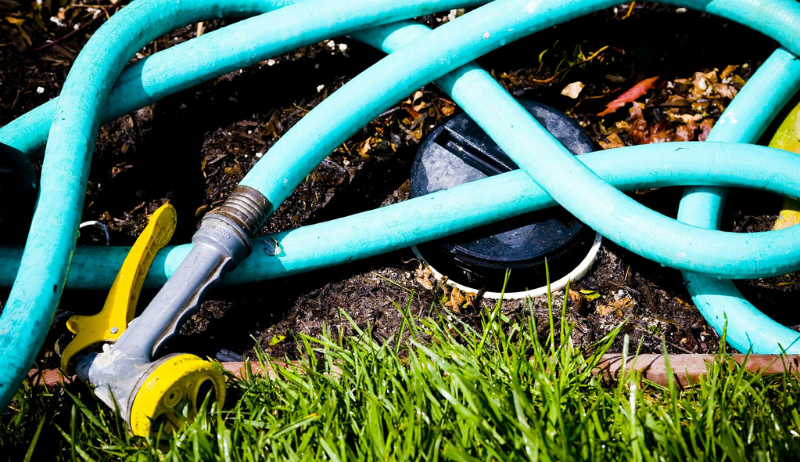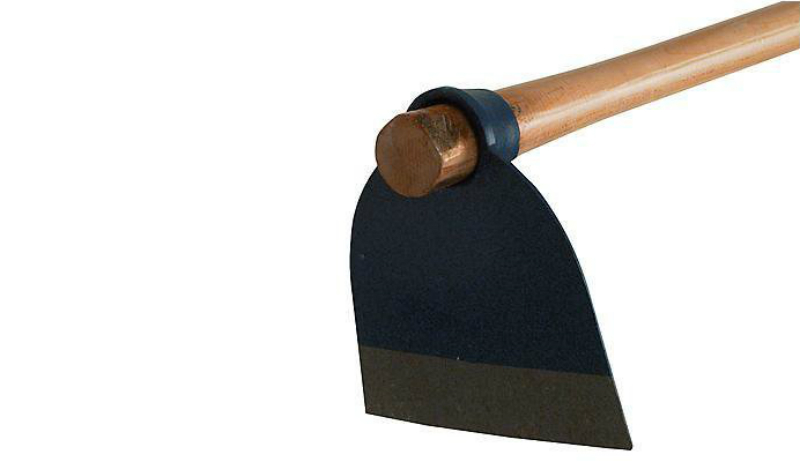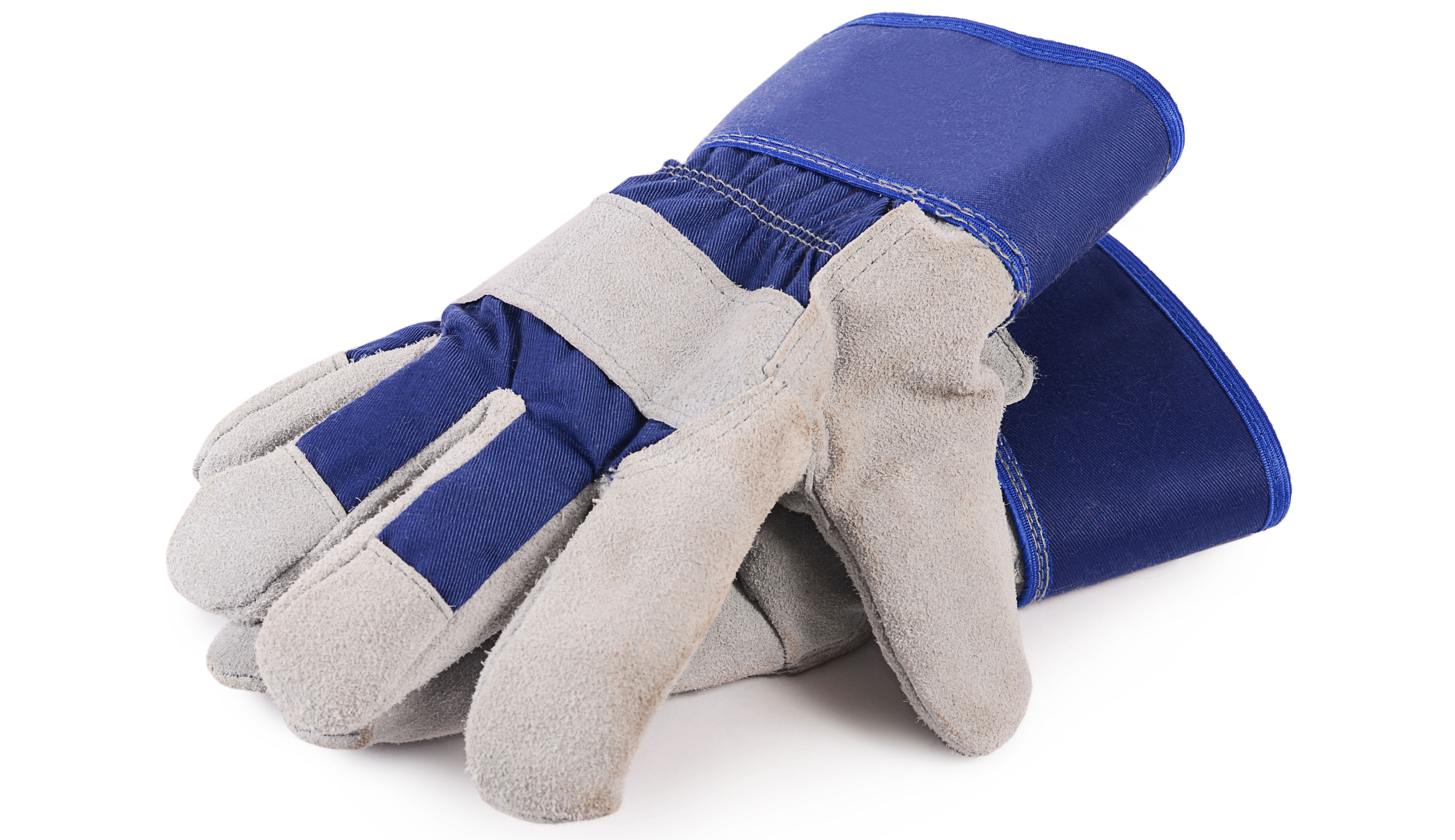
If you’ve been putting off the whole gardening thing because the thought of assembling everything you need to start growing your own food seems overwhelming, fear no more because this year is your year. With relatively little equipment, you can start growing lovely greens, bright-red tomatoes, delicious herbs and more—the key is to start small. In a simple container garden, raised bed or small tilled-up plot, you need little more than soil, sunshine and some patience to grow a rainbow of fruits and vegetables. Add these five pieces of equipment to your list and you’re as good as gold.
1. Water Source

Before placing your garden, think about how you’ll water it. When those summer days turn long and hot, you’ll need an irrigation system to help quench your plant babies’ thirst. This can be something as simple as a watering can for a container garden or, for a small raised-bed garden, a hose fitted with a spray nozzle or a watering wand. If your garden is a little bigger, you might consider investing in some drip tape and perhaps an irrigation timer, but don’t let the investment in extra supplies stop you from getting started. Begin with what you have, and place your garden strategically so you can water with ease.
2. Hori Hori

Forget the standard garden trowel, and invest instead in a hori hori garden knife. The blade of this tool comes to a semi-sharp point with one heavily serrated edge and one tapered slicing edge. Its design makes it a versatile tool, handy for many different gardening jobs including:
- digging soil for transplants or seeds
- pulling out weeds
- dividing perennials
- cutting roots or sod
- harvesting root crops
The uses for this tool are just about limitless. Get one that comes with a belt-looped leather sheath so that you can have it on you at all times.
3. Hoe
Weeding is one of a gardener’s most important tasks. While you can get on your hands and knees to hand-weed, a hoe can help you do the job more efficiently and ergonomically. There are many different types of hoes you can choose from, and every gardener has a favorite, but having at least one in your tool arsenal will mean less time fighting weeds and more time enjoying your garden. Here are three of our favorites:
Stirrup Hoe

Also called a scuffle hoe or a hula hoe, the stirrup hoe has a looped head with a sharp blade on the end that allows you to horizontally skim below the surface of the soil in a back-and-forth motion to cut weed roots without disrupting the soil itself. It can easily get between your garden plants without damaging them because of its dull sides.
Eye Hoe

An eye hoe—also called a chopping hoe, peasant hoe or grub hoe—is one of the oldest styles of hoe, with a heavy-duty head that boasts a sharp blade, ideal for chopping down more established weeds and disrupting the soil. It is used in a swinging motion instead of the push-pull motion of other hoes, which makes using it surprisingly easy on your back.
Diamond Hoe

To get to weeds in tight spaces, the diamond hoe is for you. Like the stirrup hoe, it cuts weeds just below the soil’s surface, but its pointed diamond-shaped head with four sharp sides lets you easily maneuver between delicate plants, right up to their bases. It’s also good to use in rocky soil.
4. Gardening Gloves

You can never have too many pairs of gardening gloves, and you might want several types depending on the type of work you do. When choosing the right pair for you, think about what they offer in terms of:
- flexibility
- durability
- padding
- water resistance
- wrist fit
- price
- overall comfort
My favorite pair of garden gloves are pretty durable with extra padding on the palms and fingers to keep my hands protected when working with prickly plants or weeds, using hand tools or toting supplies. They have Velcro wrist closures to keep debris from falling into the gloves when I get down in the dirt. However, they don’t offer the most in terms of flexibility, so I pick up a pack of inexpensive Gardena gloves at the beginning of the season. While they aren’t the most durable, they’re snug, flexible and offer protection for light garden tasks, such as planting, light hand-weeding and harvesting.
5. Wheelbarrow or Garden Cart

Whether you’re hauling tools, compost, mulch or something else, a sturdy wheelbarrow or garden cart will help you lift heavy loads, saving you time and energy while you work. One-wheeled wheelbarrows, in particular, are good for maneuvering in tight areas and minimizing soil compaction in the garden. Whether you opt for a plastic or metal bin, they are great for moving loose material, such as compost or dirt. A four-wheeled garden cart, on the other hand, can move a lot at one time and is very stable. While you could make a case for having both, to start your garden, having one or the other will do you a world of good.
While it probably won’t be long before you want to add more tools to your garden supply, these things will help you get you started and make your first year of gardening a success.




